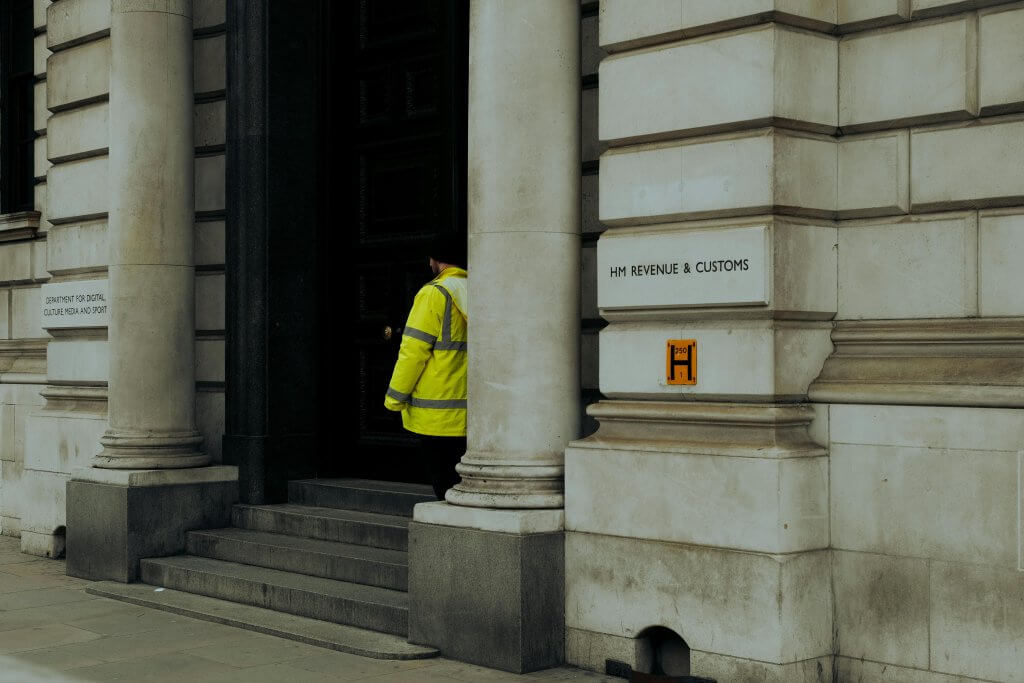Determining the best structure for your new business is an important part of the setup process. When considering the financial implications and the risk factors of sole trader vs limited company, it’s important to think about which serves you best in challenging situations.
Sole trader vs limited company: Company structures
As a sole trader, you’ll be personally responsible for all business debts and liabilities. Profits are taxed as personal income through Self Assessment, alongside your Class 2 and Class 4 National Insurance Contributions.
On the other hand, a limited company is a separate legal entity from its directors and shareholders. This means it offers limited liability protection. Business debts are borne by the company, not the individuals associated with it. Corporation tax is applied to company profits, while personal income is derived through a combination of salary and dividends.
With this basic distinction in mind, let’s delve into how financial difficulties might change the solutions available to you.
Sole trader vs limited company: Financial difficulties and risk factors
Sole trader
There’s no distinction between your personal and business finances as a sole trader. Which means there’s really just two options for addressing financial difficulties, if they arise.
- Individual Voluntary Arrangement (IVA): An IVA is a legally binding agreement between an individual debtor and their creditors to make a series of regular payments from personal income over an agreed period, typically five years. Assets such as property or vehicles may be included in this agreement. An IVA enables a sole trader to continue trading while tackling their debts and may help avoid bankruptcy
- Bankruptcy: An individual may voluntarily declare bankruptcy or be forced into it by a creditor. In this case, an Official Receiver or trustee is appointed to take control of the debtor’s assets and sell them to repay the outstanding debts. Bankruptcy can have severe consequences for a sole trader, including the possibility of losing their home and the cessation of business operations.
While you might find these options more cost effective than any of the formal insolvency procedures open to a limited company, which we’ll explore below, the personal implications can be far more significant due to unlimited liability.
Limited company
In the event of financial difficulties, a limited company has several options to address its issues, protect the directors and shareholders, and seek a potential recovery pathway. A licensed insolvency practitioner is legally required to be involved in all of these processes.
These include:
- Company Voluntary Arrangement (CVA): This is like an IVA but for companies. A CVA is a formal agreement between a company and its creditors, aiming to repay some or all of its debts over an agreed period. This allows the company to continue trading, potentially improving the financial situation and repaying the creditors in a structured way.
- Administration: A licensed insolvency practitioner is appointed as an administrator to take control of the company, to either rescue the business or sell the company assets, to achieve a better outcome for the creditors (compared to liquidation).
- Liquidation: This is the process of winding up a company, selling its assets and using the proceeds to pay its creditors. This procedure results in the closure of the company – but it doesn’t always mean the end of the business. In some cases, we’re able to reopen the business under a new company.
While these options give you certain safeguards, there are costs involved. The licensed insolvency practitioner is usually paid upfront or from the funds secured during the administration or liquidation process (generally a combination of the two). In the case of a CVA, fees are paid upfront and there’s also an annual fee to run the process.
Sole trader vs limited company: Assessing the risk
For many new business owners, the decision on sole trader vs limited company often boils down to factors such as the size of the business, projected revenue, nature and risk of your business’ operations, and your willingness to take on personal liability for the business’ debts.
If your new business venture is at a potentially higher risk of financial difficulties, a limited company structure will give you limited liability protection. Whereas, if you’re operating a low-risk, small-scale business and are comfortable with unlimited personal liability, then a sole trader structure might be the option you go for.
Ultimately, there’s no one-size-fits-all solution. It’s crucial to consider your individual needs, goals and risk appetite, to make most informed decision possible. Conducting regular financial health checks and seeking guidance at the first sign of difficulties can also keep your business strong and agile.




